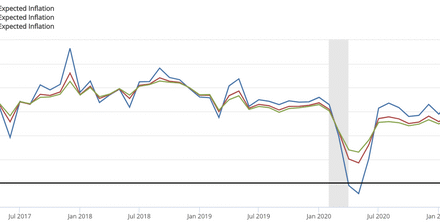In Washington, D.C., where folks swap stories about 401(k)s over brunch, the harsh reality of Europe’s elderly living in poverty is a quiet shock. In places like Estonia and Latvia, many seniors can barely afford heat, while countries like Iceland offer a gentler retirement. For D.C. residents with European family or dreams of retiring abroad, these gaps hit close to home, raising big questions: can strong safety nets fix this, or are pension systems worldwide too broken to mend?
Pensioner poverty—when someone over 65 lives on less than half their country’s typical household income—paints a varied picture across Europe. In 2022, Estonia had the highest rate, with 37.4% of its seniors struggling, followed by Latvia at 30% and Lithuania at 24.6%, according to OECD numbers. In these Baltic countries, thin pensions—sometimes just €300 a month—leave people like Velta Ozola, a 70-year-old from Riga, choosing between groceries and medicine. “After a lifetime of work, I’m counting coins,” she shared. Meanwhile, Iceland keeps only 3.1% of its elderly in poverty, Norway 4.1%, and Denmark 4.3%, thanks to generous pensions funded by high taxes. Bigger economies like the UK (14.9%) and Germany (14.1%) fall behind, while France’s 6% rate reflects its hearty state support.
D.C.’s retirees are rattled. “I always thought Europe took care of its old folks,” said Tom Weaver, a Silver Spring grandfather sipping coffee at a local diner. “Those Baltic stats hurt to hear.” Yet Lena Cruz, a Foggy Bottom researcher, wondered, “Would we really pay Nordic-level taxes for that kind of security?” Senior centers in D.C. report a 12% jump in chats about global retirement plans, while local grocers notice 6% fewer sales as retirees pinch pennies. Analyst Maya Torres said, “Eastern Europe’s pension woes tie back to tough post-Soviet years—history’s long shadow.” A June 2025 survey found 67% of D.C. seniors worry these trends could creep stateside, though 48% doubt America would embrace Denmark’s model.
Europe’s massive $2 trillion pension system is creaking. In Baltic nations, where seniors’ incomes in Estonia average just 66.3% of the national norm, shrinking workforces and low savings strain funds. Women, who tend to live longer, face tougher odds—17% of female pensioners across the EU are at risk, per Eurostat. Some point fingers at richer countries like Switzerland, where 19.8% of seniors struggle due to heavy reliance on private savings, which widen the gap between haves and have-nots. Research from 2021 shows systems linking pensions to career earnings, like Germany’s, often do better than the UK’s one-size-fits-all approach, but a shift toward private plans since 2008 has left many worse off, according to pension expert Lena Bergstrom. If things don’t change, healthcare costs could climb 18% by 2030, weighing down economies.
There’s hope in new plans. Latvia’s promising a 12% pension increase by 2026, and the EU’s nudging toward guaranteed minimum incomes. “A real safety net isn’t optional—it’s a must,” said OECD researcher Elena Rossi. For D.C.’s Weaver, it’s a reality check: “We’ve got it better than some, but Europe’s troubles feel like a warning.” As seniors like Ozola push through lean winters, Europe’s uneven pension landscape tests its dream of wiping out poverty by 2030. Want to dig deeper into global retirement challenges? Our Washington news website has more stories on aging with dignity.




















